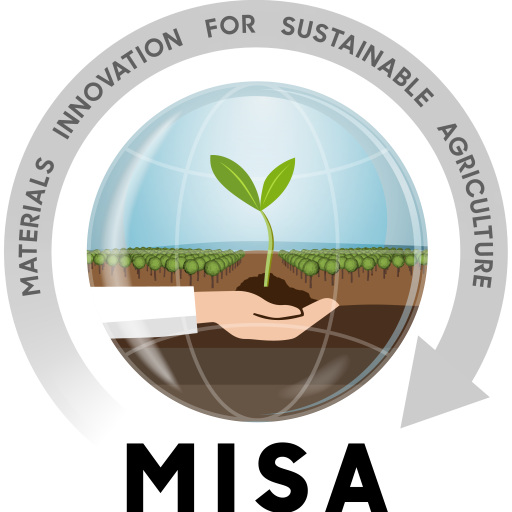A newly established UCF agricultural center with the goal of combating crop disease and feeding the world’s growing population debuted last week with an inaugural symposium.
The two-day conference of the MISA Center of Excellence – which stands for Materials Innovation for Sustainable Agriculture – brought together dozens of representatives from the University of Central Florida and other universities, government, national laboratories, regulatory agencies, farming and the agrochemical industry.
With world population projected to reach 9.7 billion by 2050, now is the time to work together to safeguard agriculture, said MISA Director Swadeshmukul Santra, an associate professor with joint appointments in UCF’s NanoScience Technology Center and Department of Chemistry.
“Our world is facing unprecedented challenges with the rising human population that demands doubling of food production levels by 2050,” Santra said. “To achieve higher production levels, technological advancements are warranted to protect crops against emerging threats, particularly microbial-origin diseases. There is no better time than now to secure our future while minimizing negative impact on the environment.”
MISA is the first agriculture-related center at UCF. It grew out of Santra’s own research into the use of nanoparticles to fight agricultural diseases such as citrus greening and tomato bacterial spot. Santra already works closely with researchers at the University of Florida’s Institute of Food and Agricultural Sciences.
In awarding Santra a $1.9 million research grant in January, the U.S. Department of Agriculture recognized UCF as a “Center of Excellence” due to its capability and effectiveness as a research institution.
The MISA symposium featured a keynote address by Thomas Bewick, national program leader of the Division of Plant Systems-Production for the USDA’s National Institute of Food and Agriculture, who discussed the need for haste in addressing crop disease.
The MISA center is envisioned as a global platform for scientists, growers, regulatory agencies and industry to exchange ideas and skills. Its goals include coordinating research efforts, improving academic and public education on agricultural diseases, and developing practical and economically feasible treatment methods.
The center is currently based at the NanoScience Technology Center, but is expected to move to the Interdisciplinary Research Building once its construction is completed.
